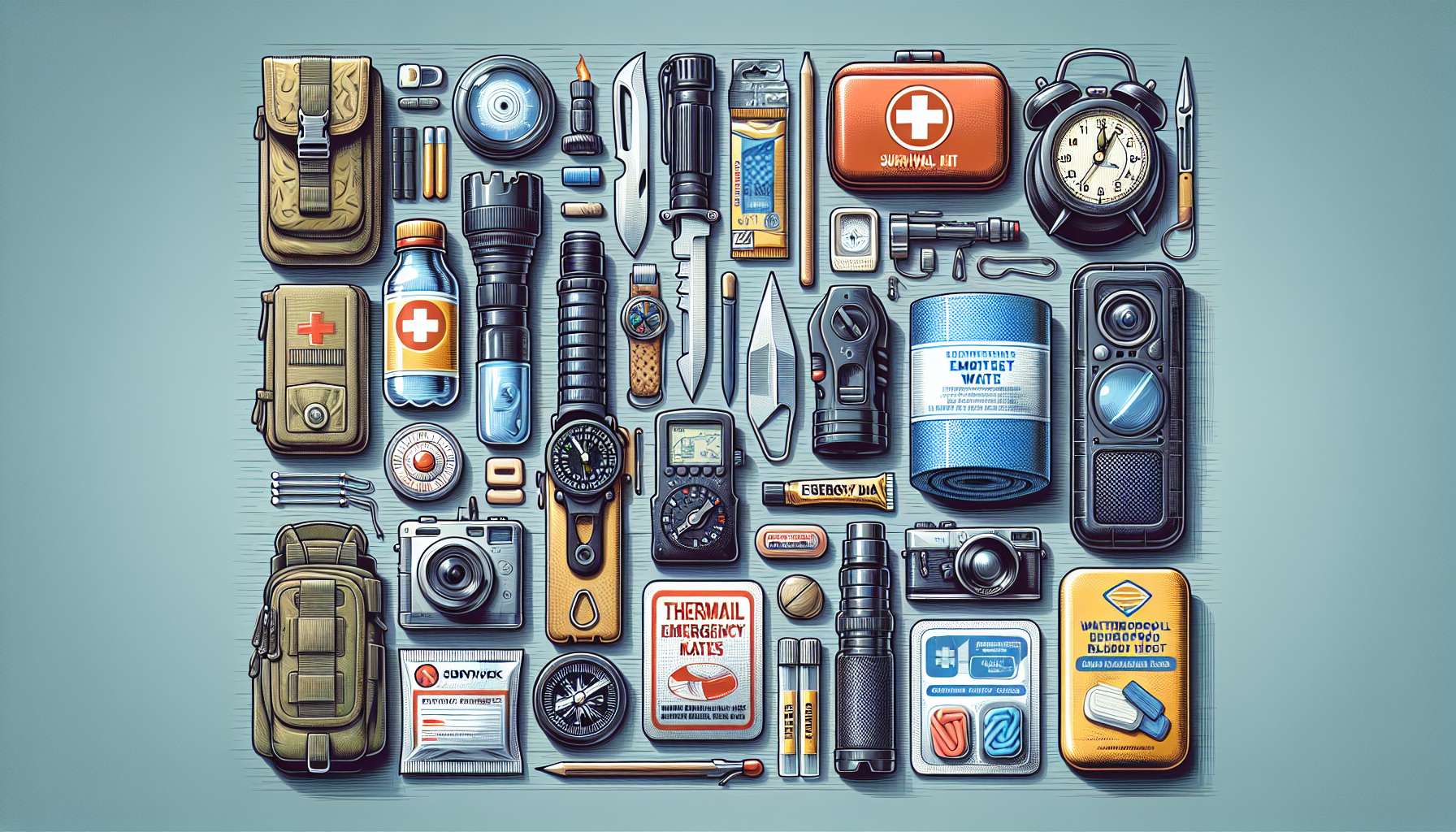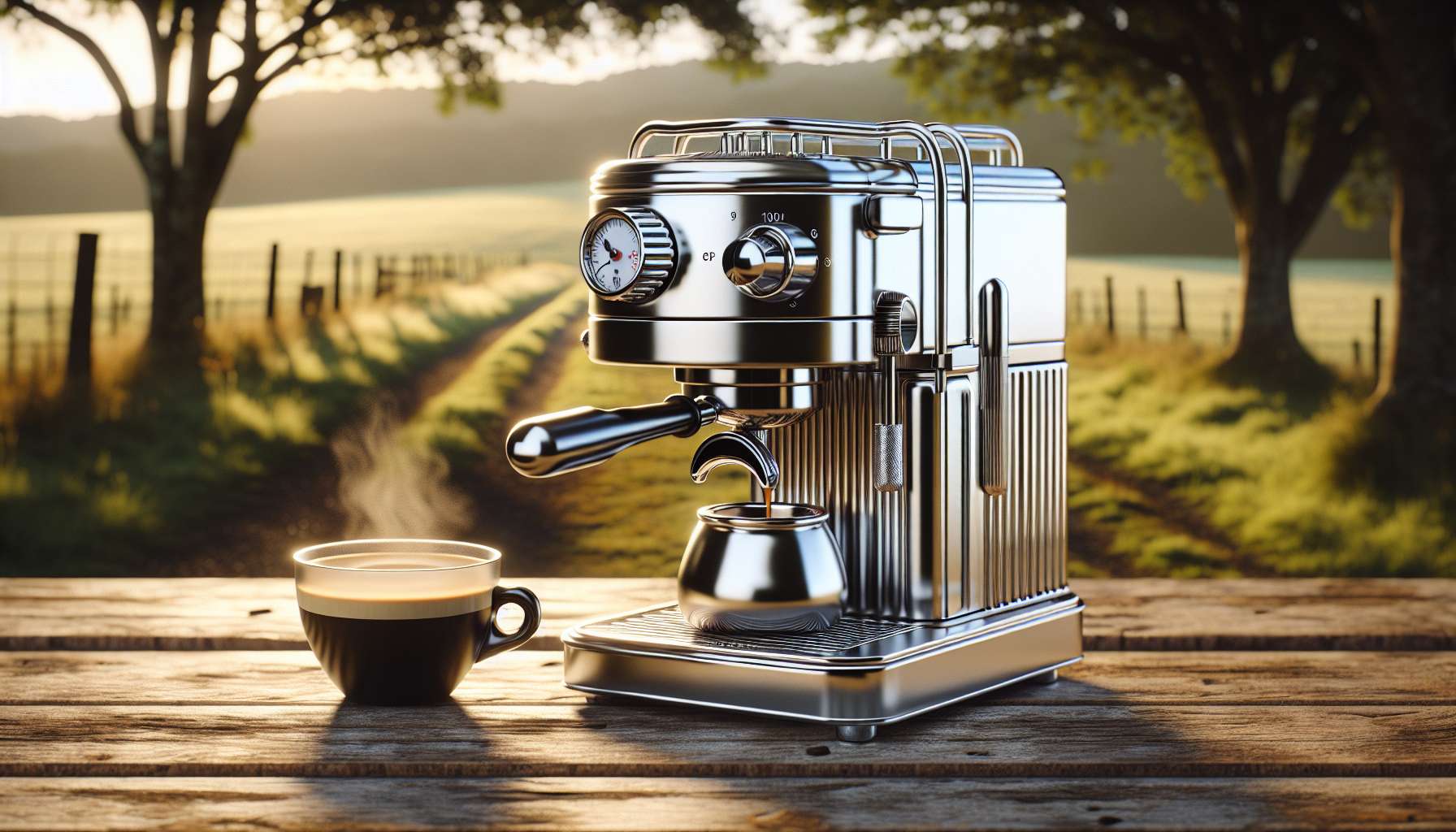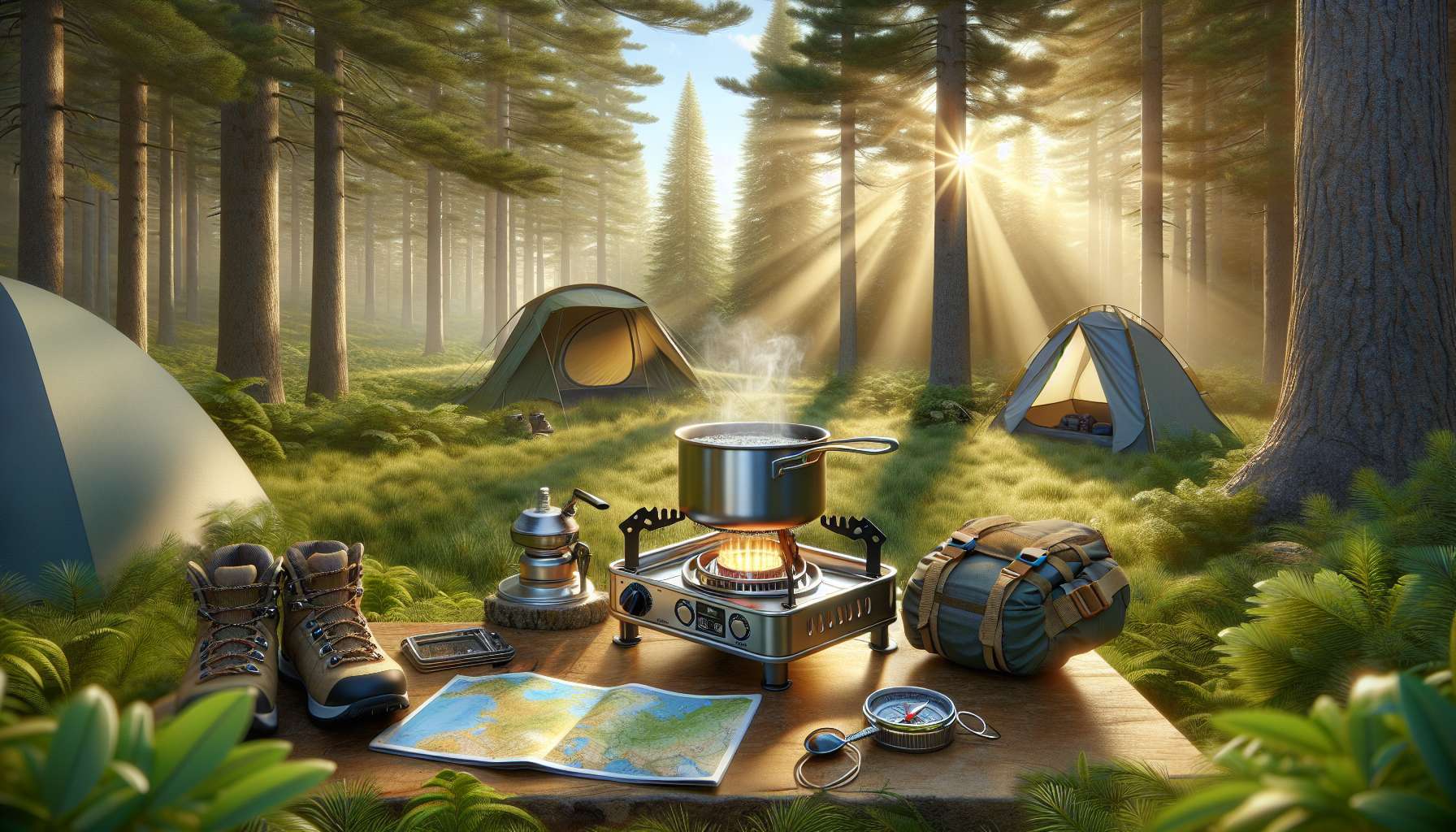The Ultimate Guide to Survival Kits: Everything You Need to Know
When faced with unexpected emergencies, natural disasters, or challenging outdoor situations, having a well-equipped survival kit can make all the difference between life and death. A survival kit is a crucial tool that contains essential items needed to sustain yourself in times of crisis. Whether you are an avid camper, a seasoned hiker, or simply a cautious individual, having a well-prepared survival kit can provide you with the necessary resources to survive and thrive in adverse conditions. In this comprehensive guide, we will delve into the world of survival kits, exploring their importance, components, and how they can be tailored to suit specific scenarios.
The History and Evolution of Survival Kits
Survival kits have a long history dating back to ancient civilizations where individuals carried basic tools and supplies to navigate the harsh environment. However, the concept of comprehensive survival kits gained prominence during World War II when soldiers were provided with survival packs containing essential items for survival in combat zones or when stranded behind enemy lines. Over the years, the design and contents of survival kits have evolved significantly, incorporating lessons learned from various survival situations and advancements in technology.
In modern times, survival kits are not only utilized by military personnel but also by outdoor enthusiasts, preppers, and individuals preparing for natural disasters. These kits are meticulously curated to address a wide range of potential threats, including medical emergencies, extreme weather conditions, and other unforeseen circumstances. The evolution of survival kits highlights the importance of being prepared for any eventuality and having the necessary tools at your disposal.
The Essential Components of a Survival Kit
A well-rounded survival kit should encompass a comprehensive range of items that address the basic needs of survival: shelter, water, food, first aid, communication, navigation, and protection. Here are some essential components that are commonly found in survival kits:
1. Shelter:
Shelter is a critical aspect of survival, especially in extreme weather conditions. A survival kit should include items such as a waterproof tarp, emergency blanket, or a lightweight tent to provide protection from the elements and ensure warmth.
2. Water:
Access to clean drinking water is essential for survival. A survival kit should contain water purification tablets, a portable water filter, or collapsible water bottles to ensure a safe and sustainable water supply in emergencies.
3. Food:
Food rations, energy bars, and lightweight snacks should be included in a survival kit to provide sustenance during extended periods of isolation or when food sources are scarce. Non-perishable items with a long shelf life are ideal for survival situations.
4. First Aid:
A well-stocked first aid kit is indispensable in a survival kit. It should contain essential medical supplies such as bandages, antiseptic wipes, pain relievers, and other items to treat minor injuries or medical emergencies.
5. Communication:
Communication devices such as a whistle, signaling mirror, or a handheld radio can be invaluable for attracting attention or calling for help in distress situations. Including a fully charged cell phone or a portable charger is also advisable.
6. Navigation:
Navigation tools like a compass, map, or GPS device are essential for orienting yourself and finding your way in unfamiliar terrain. These tools can prevent you from getting lost and assist in reaching safety.
7. Protection:
Personal protection items such as a multi-tool, flashlight, fire starter, and a pocket knife should be included in a survival kit to address various needs, from preparing food to self-defense. These tools can enhance your chances of survival in challenging situations.
Building a Customized Survival Kit
While pre-packaged survival kits are readily available for purchase, building a customized survival kit tailored to your specific needs and circumstances can be highly beneficial. By analyzing your potential risks, environment, and skill level, you can assemble a personalized survival kit that aligns with your requirements. Here are some steps to consider when building a customized survival kit:
1. Assess Your Needs:
Identify the potential threats and risks that you may encounter based on your location, activities, and environment. Consider factors such as climate, terrain, wildlife, and the duration of your outings to determine the essential items for your survival kit.
2. Prioritize Essentials:
Focus on including items that address the fundamental needs of survival: shelter, water, food, first aid, communication, navigation, and protection. Ensure that your survival kit contains a balanced selection of items to cover a wide range of scenarios.
3. Customize Based on Skills:
Take into account your level of expertise in outdoor survival skills and include relevant tools or resources that align with your abilities. If you are proficient in fire starting techniques, you may opt for a fire striker instead of matches in your survival kit.
4. Consider Weight and Portability:
Strive to keep your survival kit lightweight and portable to ensure ease of carrying and accessibility. Choose compact and multipurpose items that serve multiple functions while minimizing bulk and weight.
5. Regularly Update and Maintain:
Periodically review and update your survival kit to replace expired items, replenish consumed supplies, or adjust the contents based on changing needs. Check the condition of your survival kit regularly to ensure that all items are functioning correctly.
The Importance of Training and Preparedness
Having a well-equipped survival kit is essential, but it is equally important to possess the knowledge and skills to effectively utilize the tools and resources in your kit. Training in basic survival skills such as shelter building, fire starting, first aid, navigation, and signaling can significantly enhance your chances of survival in emergency situations. Additionally, practicing with your survival kit in controlled environments can familiarize you with its contents and functionalities, enabling you to react swiftly and decisively in real-life scenarios.
Preparedness is a mindset that goes beyond the physical components of a survival kit. Being mentally and emotionally prepared to face challenges, make difficult decisions, and adapt to changing circumstances is crucial for surviving and thriving in adverse situations. Developing resilience, resourcefulness, and a positive attitude can empower you to overcome obstacles and emerge stronger from challenging experiences.
Expert Opinions on Survival Kits
We reached out to several survival experts and outdoor enthusiasts to gather their insights on the importance of survival kits and how they can make a difference in emergency situations:
“A well-prepared survival kit is like having a safety net in uncertain times. It provides you with the essential tools and resources to navigate challenging situations and emerge stronger on the other side.” – John, Survival Instructor
“Survival kits are not just for extreme adventurers; they are for anyone who values preparedness and self-sufficiency. Investing in a quality survival kit can offer peace of mind and security in times of crisis.” – Sarah, Outdoor Enthusiast
Common Misconceptions About Survival Kits
Despite their critical importance, survival kits are often surrounded by misconceptions and myths. Here are some common misconceptions debunked:
1. Myth: Survival kits are only for extreme survival scenarios.
Reality: Survival kits are useful in a wide range of situations, from natural disasters to everyday emergencies. Having a survival kit can be beneficial in unexpected circumstances.
2. Myth: Pre-packaged survival kits are sufficient for all needs.
Reality: While pre-packaged survival kits are convenient, customizing your kit allows you to address specific requirements and tailor the contents to your individual needs.
Conclusion
To wrap things up, survival kits play a crucial role in ensuring personal safety and preparedness in adverse situations. By equipping yourself with a well-stocked survival kit tailored to your needs and environment, you empower yourself to face challenges with confidence and resilience. Remember, survival is not just about having the right tools; it’s also about possessing the knowledge, skills, and mindset to overcome obstacles and emerge stronger from adversity. Invest in your safety and well-being by creating a personalized survival kit and honing your survival skills. Stay prepared, stay safe, and thrive in any situation.




